- Jul 12, 2018
- 10,525

|
OPERATION BEAMING BEACON |
TOP SECRET |
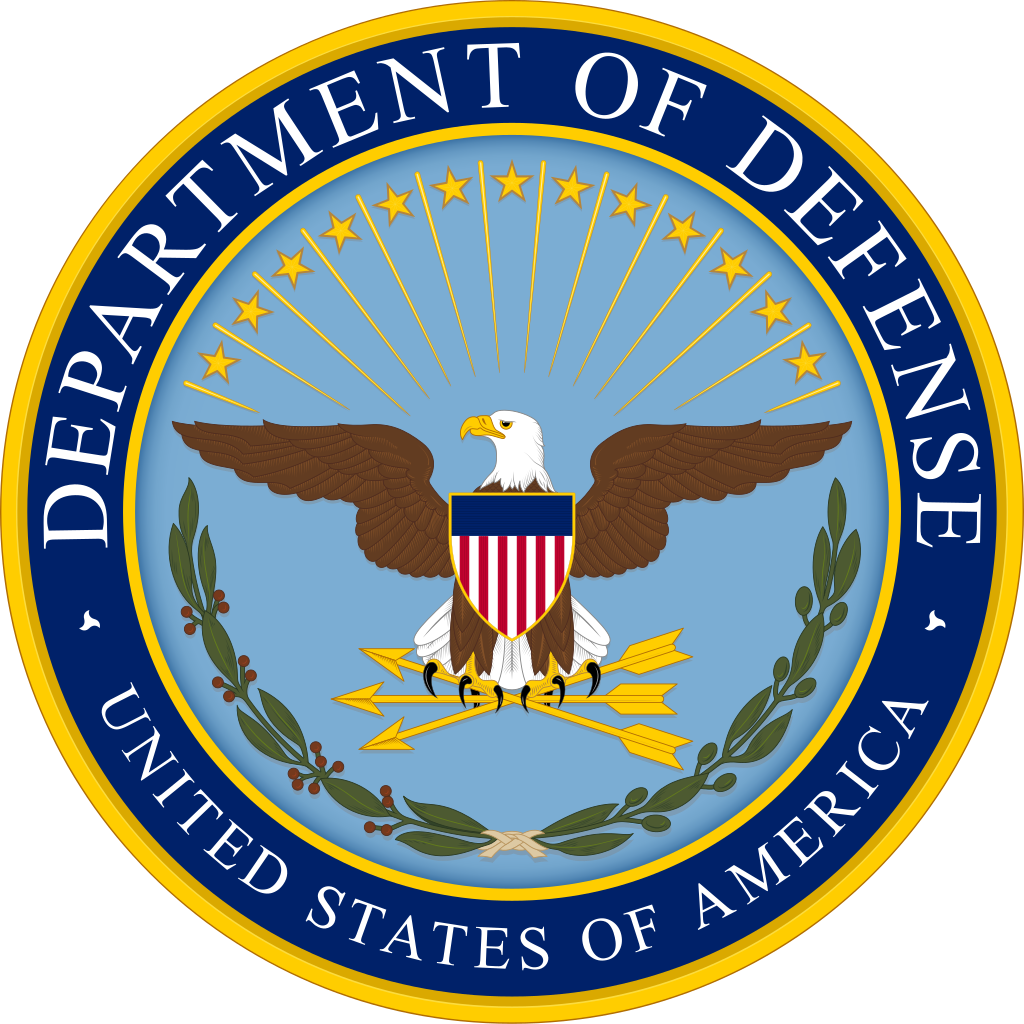
| 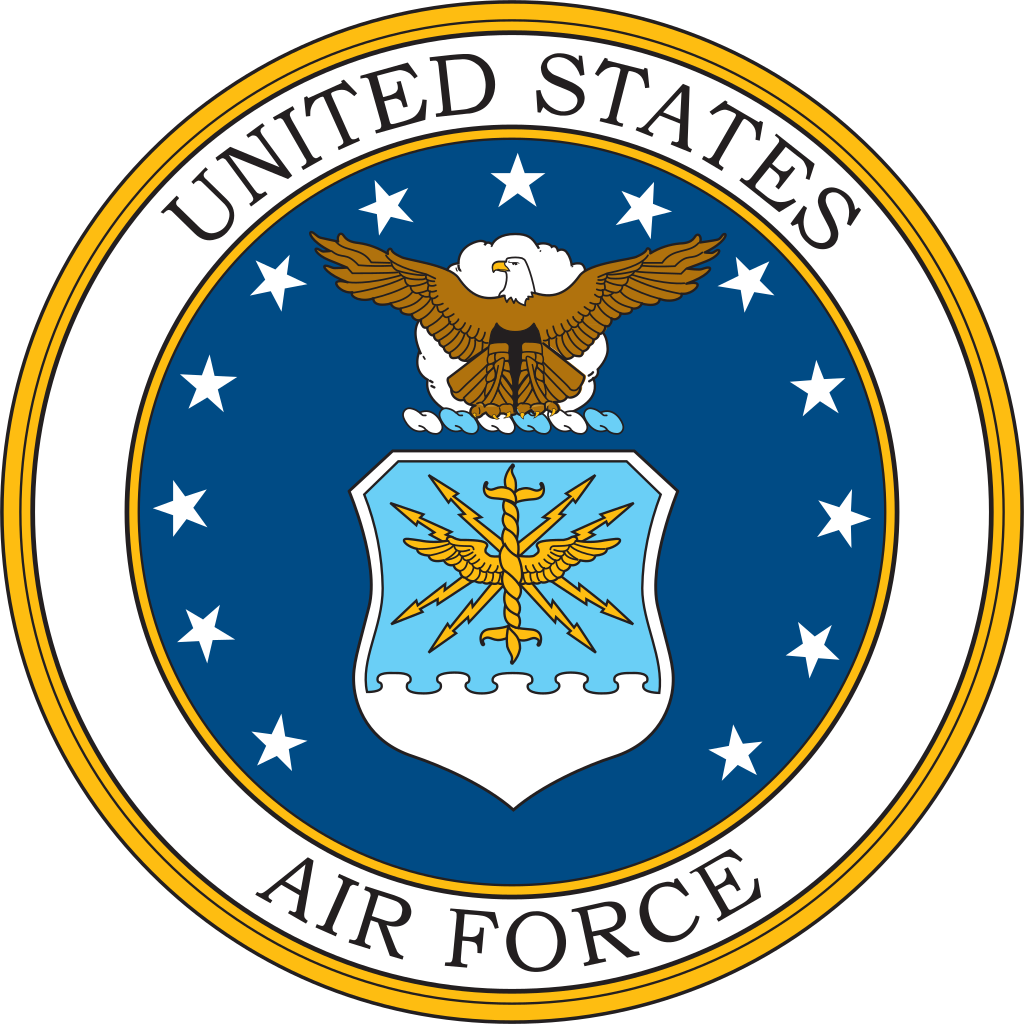
AIR FORCE DEPLOYMENT | 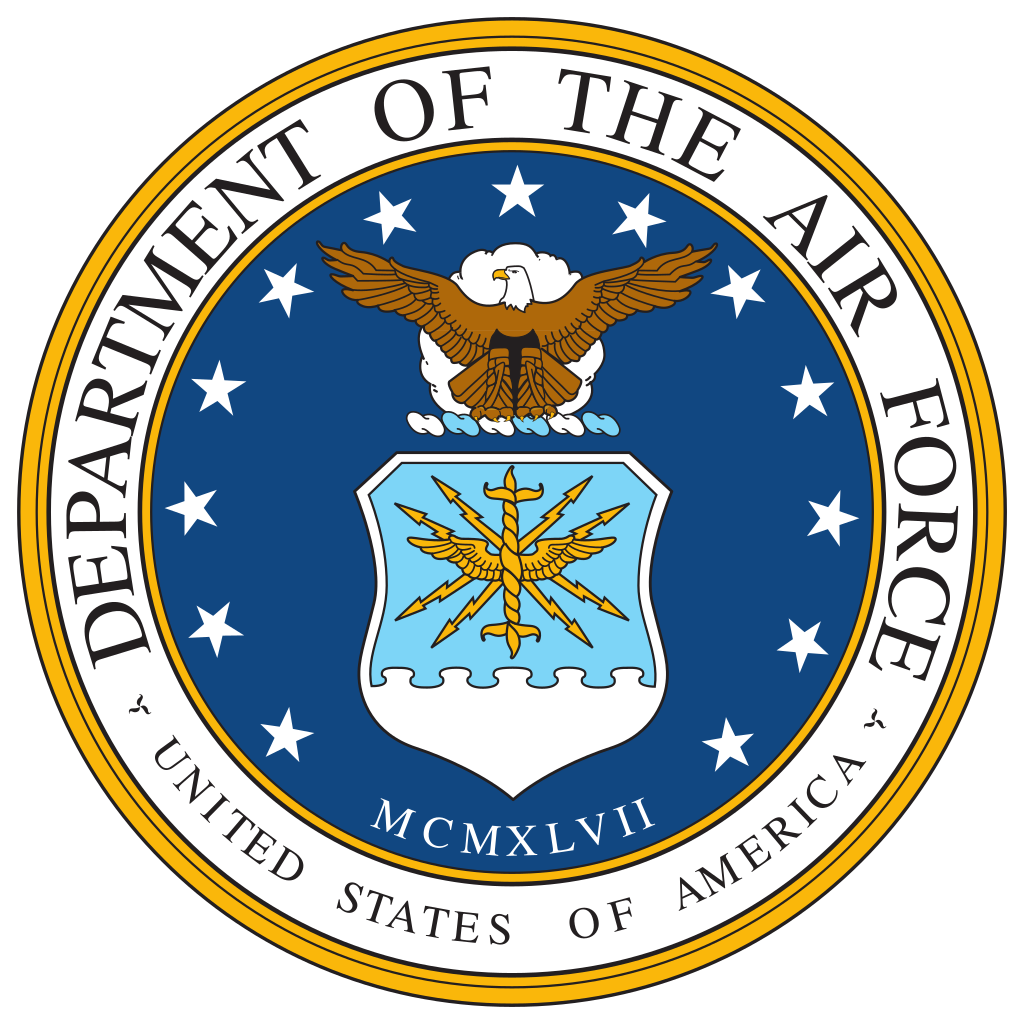
|
|
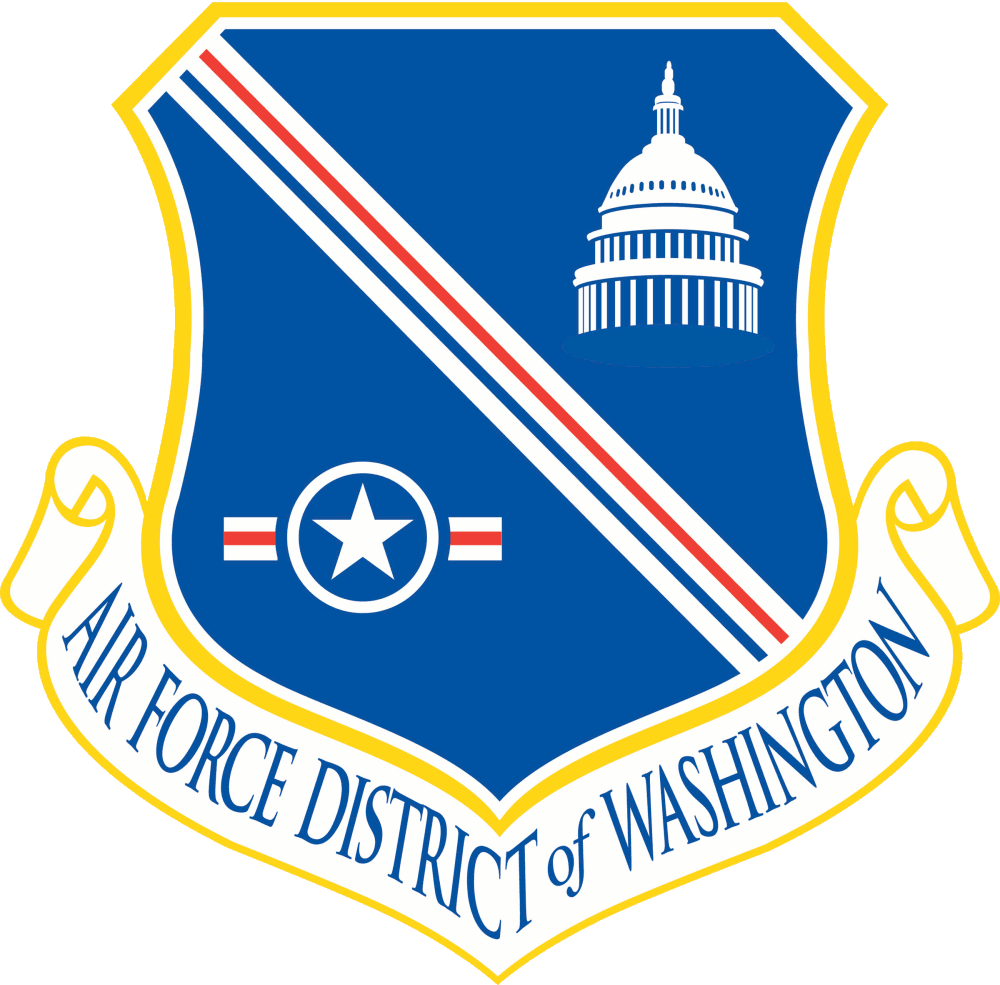
AIR FORCES DISTRICT OF WASHINGTON
| Unit | Airbase | Aircraft | Cabin Crew |
| Presidential Flight Team Alpha | Andrews AFB, Maryland | x1 VC-25 | 26 /// x4 Pilots, x22 Mission Crew |
| Continuity of Government (COG) Crew 1 | Andrews AFB, Maryland | x1 E-4B | 112 /// x4 Pilots, x108 Mission Crew |
| Emergency War Officer (EWO) | The White House, Washington D.C. | NA | 1 |
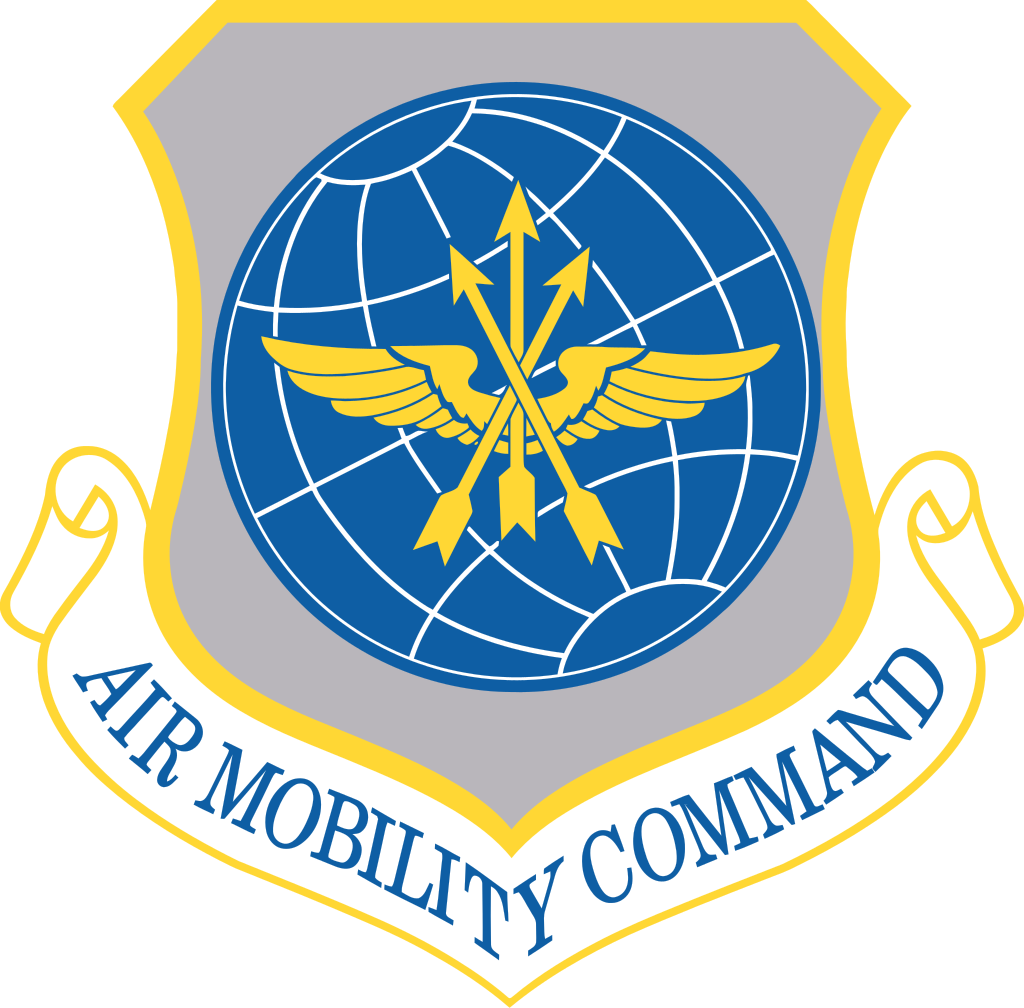
AIR MOBILITY COMMAND
| Unit | Airbase | Aircraft | Cabin Crew |
| 100th Air Mobility Squadron | Dover AFB, Delaware | x1 C-5B | 7 /// x1 aircraft commander, x1 pilot, x2 flight engineers, x3 loadmasters |
| 102nd Air Mobility Squadron | Ellington AFB, Texas | x2 C-40 | 12 /// x4 pilots, x2 crew chief, x2 loadmaster, and x4 second loadmasters |
| Strategic Mobility Crew | Andrews AFB, Maryland | x1 C-17 Globemaster III | 12 /// x4 pilots, x2 crew chief, x2 loadmaster, and x4 second loadmasters |
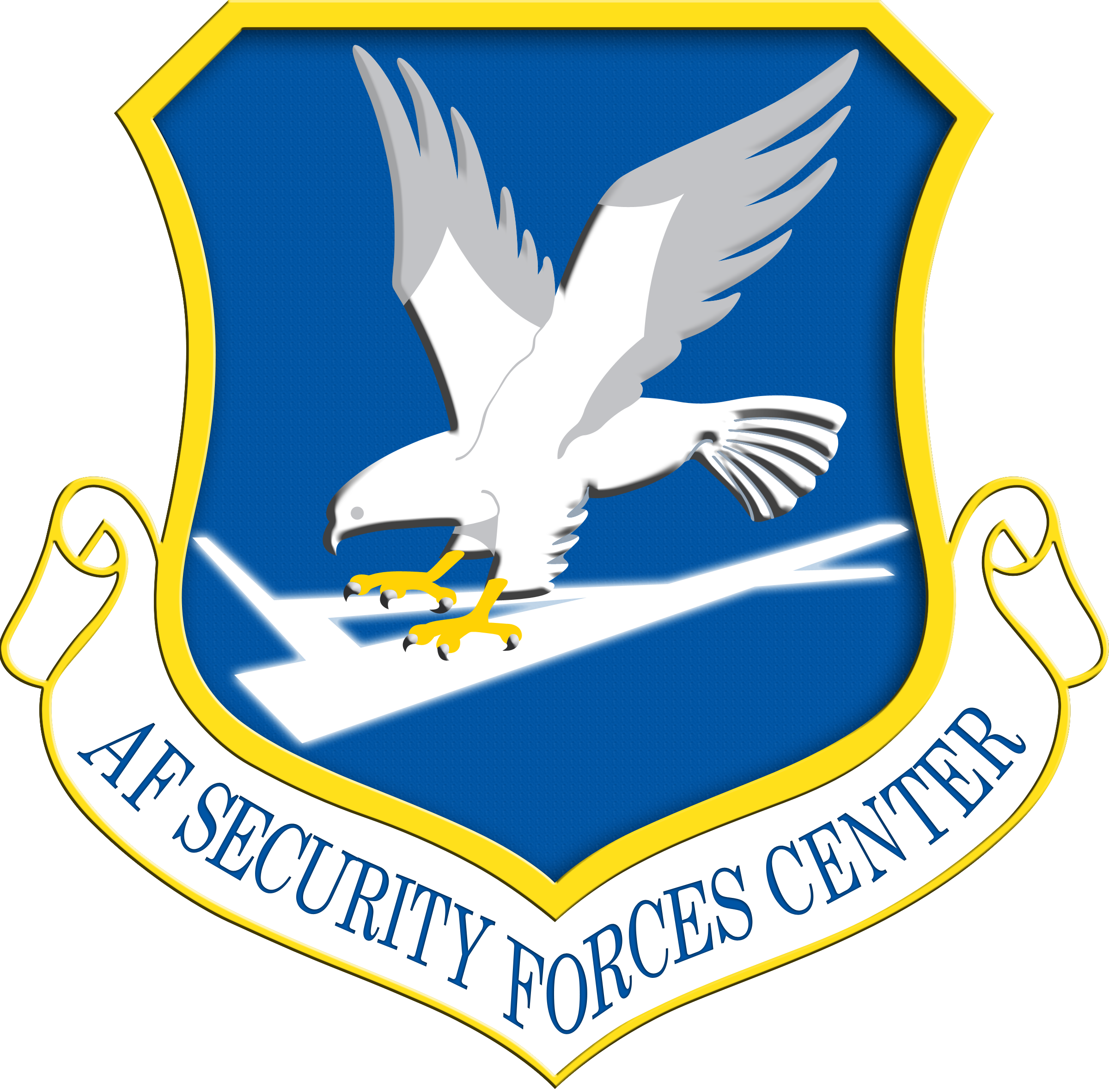
AIR FORCE SECURITY FORCES
| ORDER OF BATTLE | PERSONNEL | GARRISON |
| 7th Security Forces Squadron | 100 | Andrews AFB, Maryland |
DETAILS
VC-25 - Fully Fueled; x4 Pilots, x22 Mission Crew; Pilots fully rested; All crew uniformed; Food and beverages for two trans-Atlantic flights; Compasses and all necessary maps (terranean and deep-sea topographic maps) and other necessary standard on-board equipment and emergency manuals for VC-25; Full loadout of standard physical and electronic countermeasures for VC-25.
E4-B - Fully Fueled; x4 Pilots, x108 Mission Crew; Pilots fully rested; All crew uniformed; Food and beverages for two trans-Atlantic flights; Compasses and all necessary maps (terranean and deep-sea topographic maps) and other necessary standard on-board equipment and emergency manuals for VC-25; Full loadout of standard physical and electronic countermeasures for E4-B.
C-5B - Fully Fueled; x7 Crew (aircraft commander, pilot, 2 flight engineers, 3 loadmasters) uniformed; Crew fully rested and uniformed; Food and beverages for two trans-Atlantic flights; Compasses and all necessary maps (terranean and deep-sea topographic maps) and other necessary standard on-board equipment and emergency manuals for C-5B.
C-17 - Fully Fueled; x7 Crew (2 pilots, 1 loadmasters) uniformed; Crew fully rested and uniformed; Food and beverages for two trans-Atlantic flights; Compasses and all necessary maps (terranean and deep-sea topographic maps) and other necessary standard on-board equipment and emergency manuals for C-5B.
C-40 Clipper - x6 Crew (x2 pilots, x1 crew chief, x1 loadmaster, and x2 second loadmasters); Crew fully rested and uniformed; Food and beverages for two trans-Atlantic flights; Compasses and all necessary maps (terranean and deep-sea topographic maps) and other necessary standard on-board equipment and emergency manuals for C-40.
Air Force Security Forces - x1 M4 Carbine Assault Rifle and x7 loaded magazines; x1 M9 Semiautomatic Pistol and x5 loaded magazines; combat uniform.
|

| 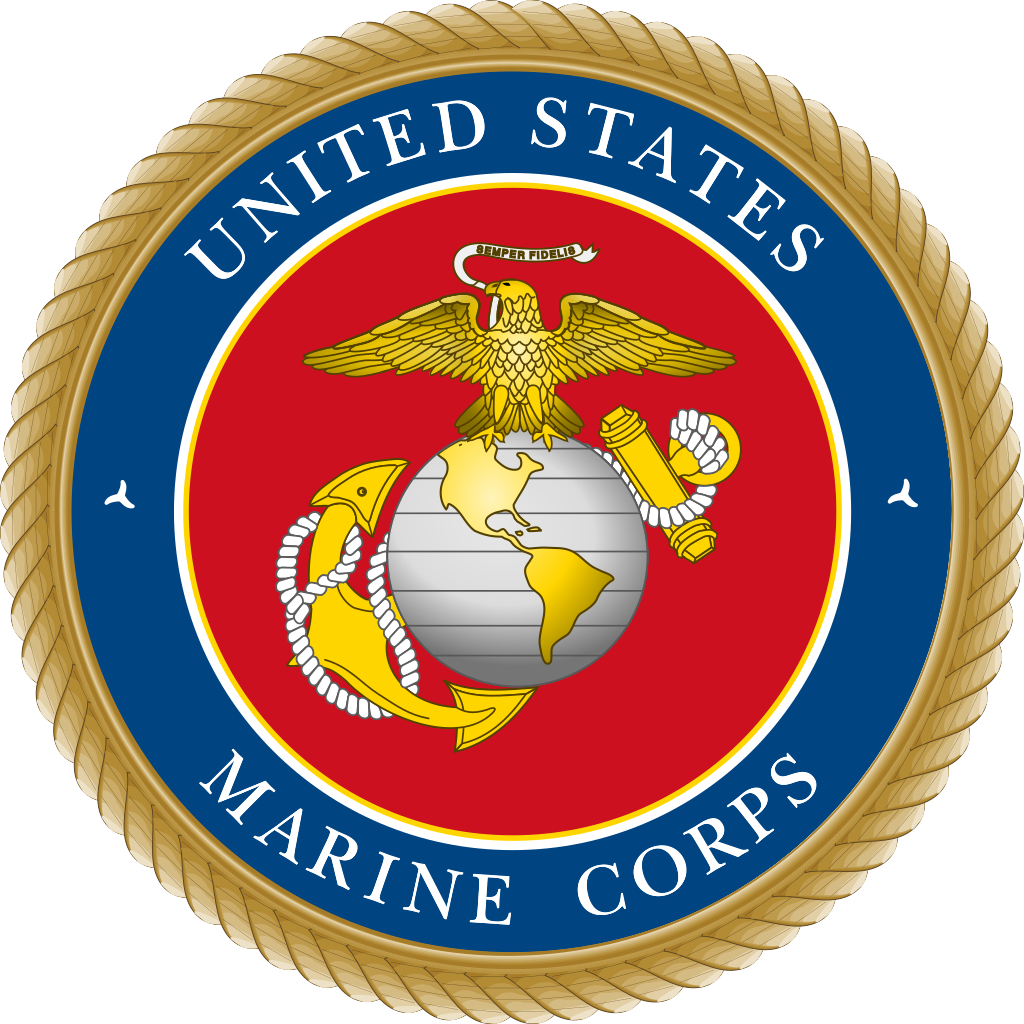
MARINE CORPS DEPLOYMENT | 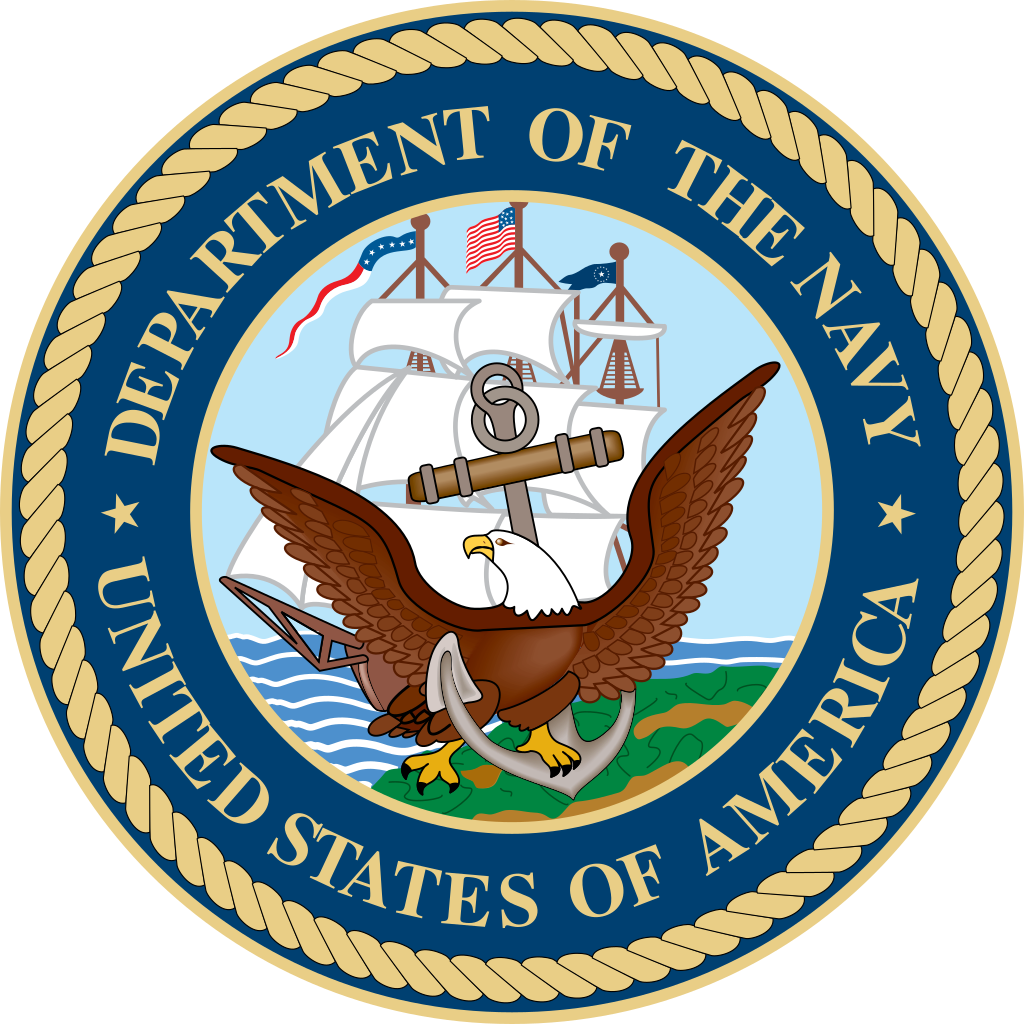
|
|
| Marine Helicopter Squadron One | Marine Corps Air Facility Quantico | x3 VH-60N | 12 /// x6 pilots, x6 crew chiefs |
VH-60N - Fully Fueled; x2 Pilots, x2 Mission Crew; Pilots and crew fully rested; All crew uniformed; Compasses and all necessary maps (terranean and deep-sea topographic maps) and other necessary standard on-board equipment and emergency manuals for VH-60N; Full loadout of standard physical and electronic countermeasures for VH-60N.
|
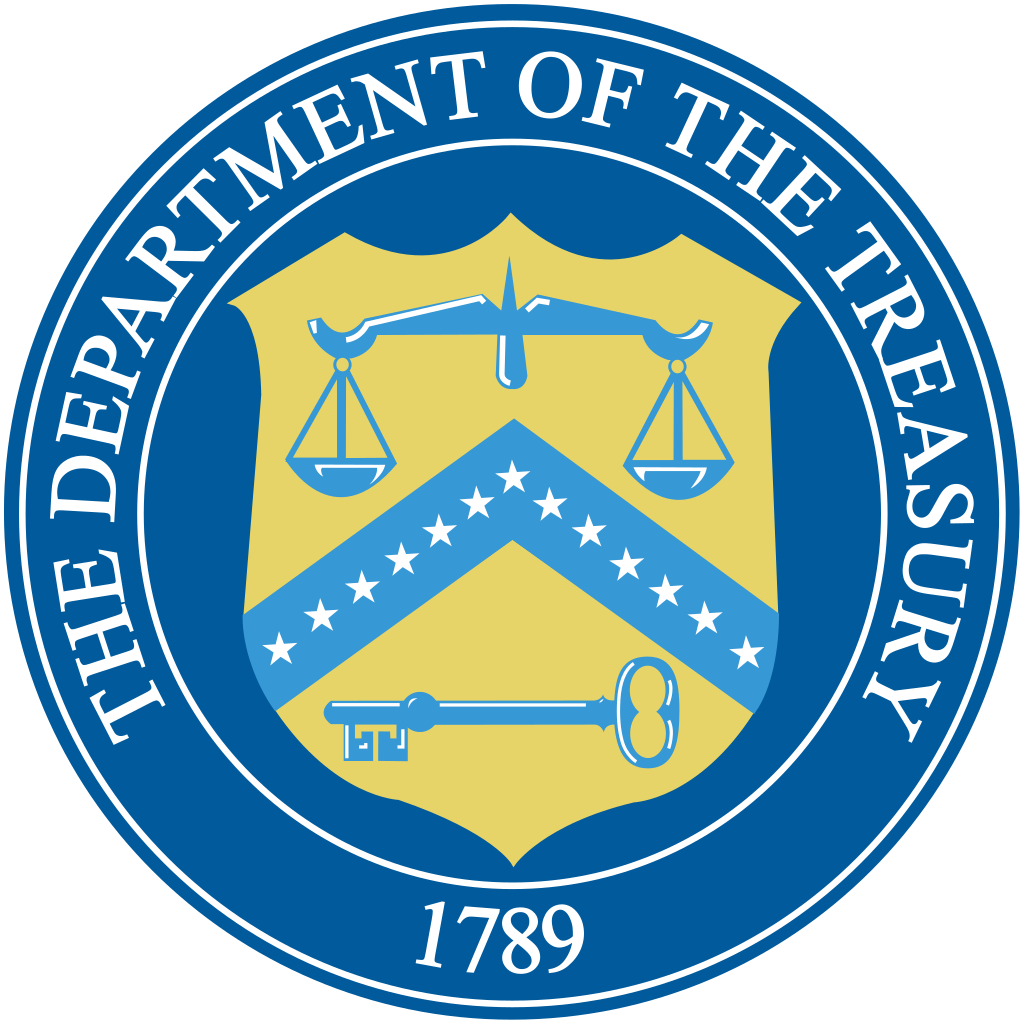
| 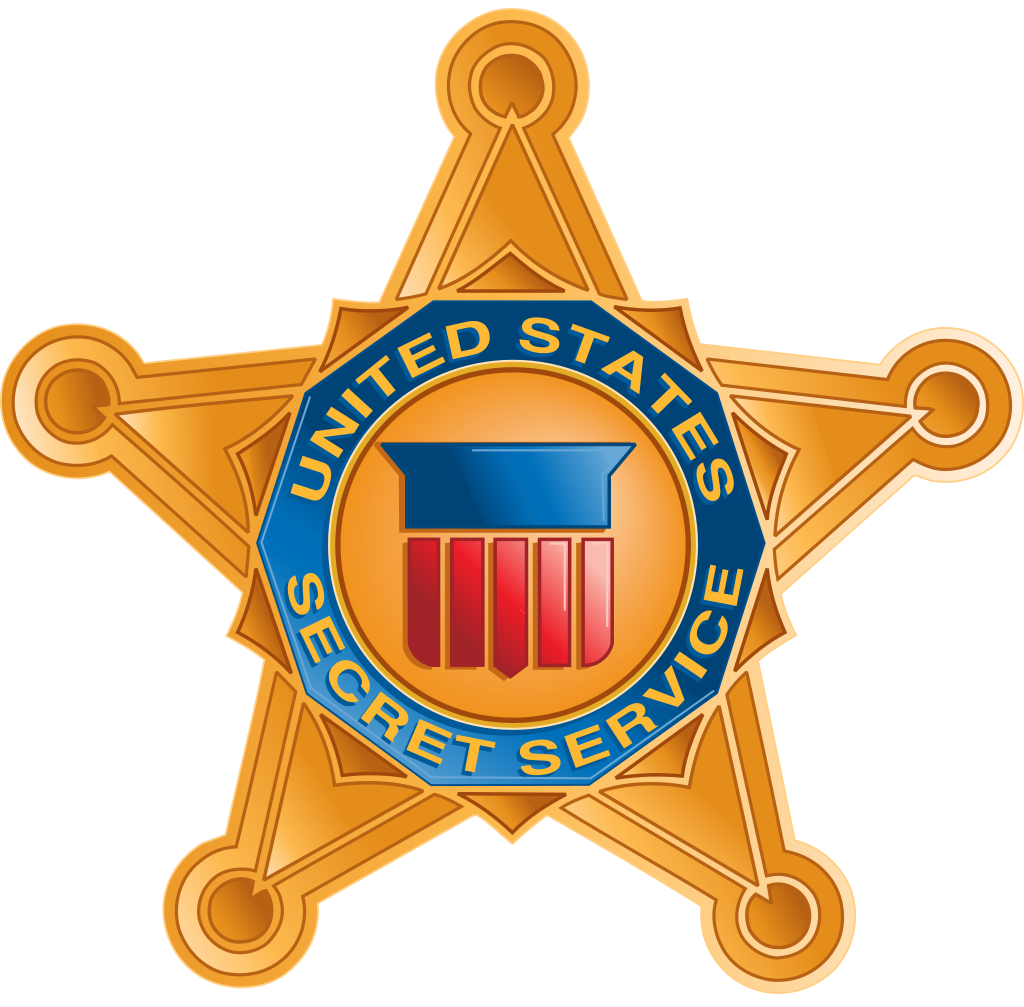
U.S. SECRET SERVICE ATTACHMENT | 
|
|
| ORDER OF BATTLE | PERSONNEL | GARRISON |
| Presidential Protection Detail | 40 Special Officers | The White House, Washington D.C. |
| Presidential Protection Detail | 5 Special Agents | The White House, Washington D.C. |
DETAILS
Special Officers - x1 SIG-Sauer P229 +5 magazines; x1 FN P90 +2 magazines; x1 Secret Service bullet proof vest under dress shirt; All weapons concealed under suit jacket of agent;
Special Agents - x1 SIG-Sauer P229 +5 magazines; All weapons concealed under suit jacket of agent.

| 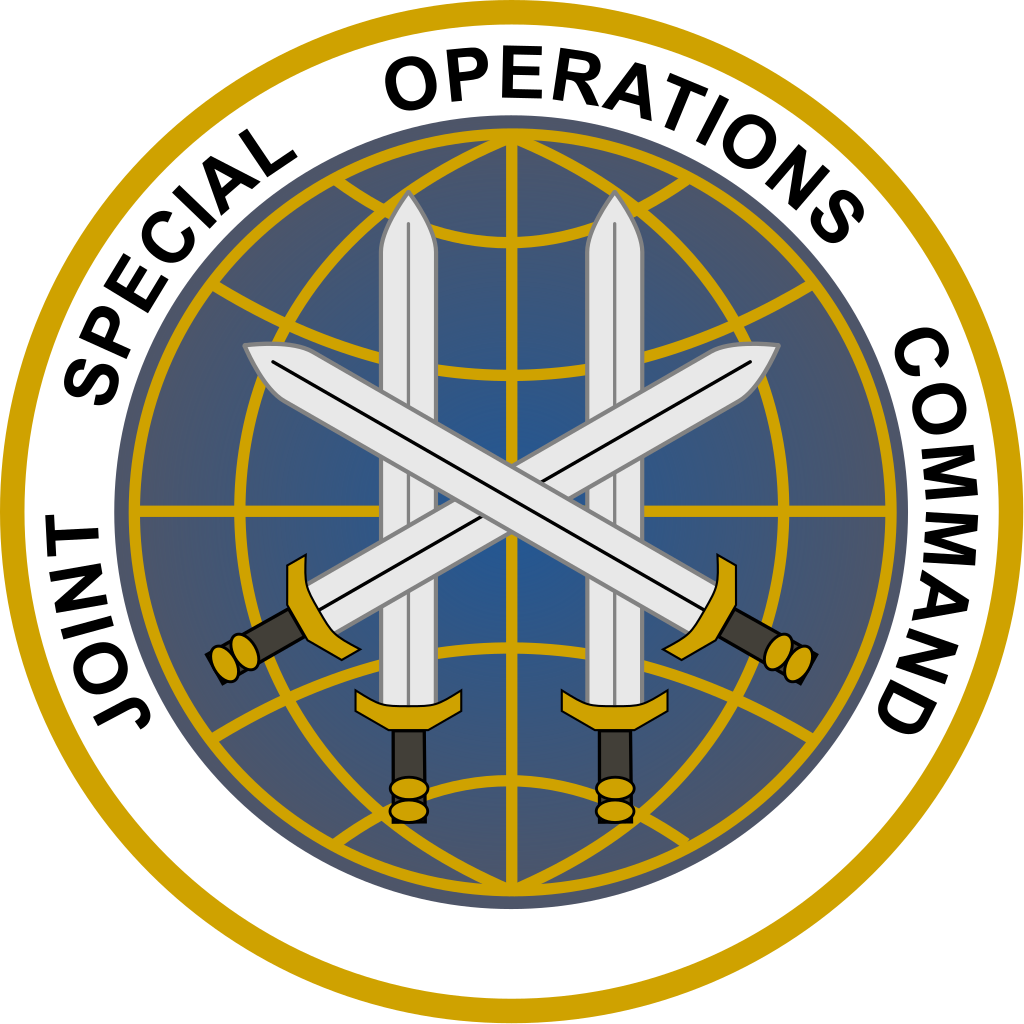
JSOC DEPLOYMENT | 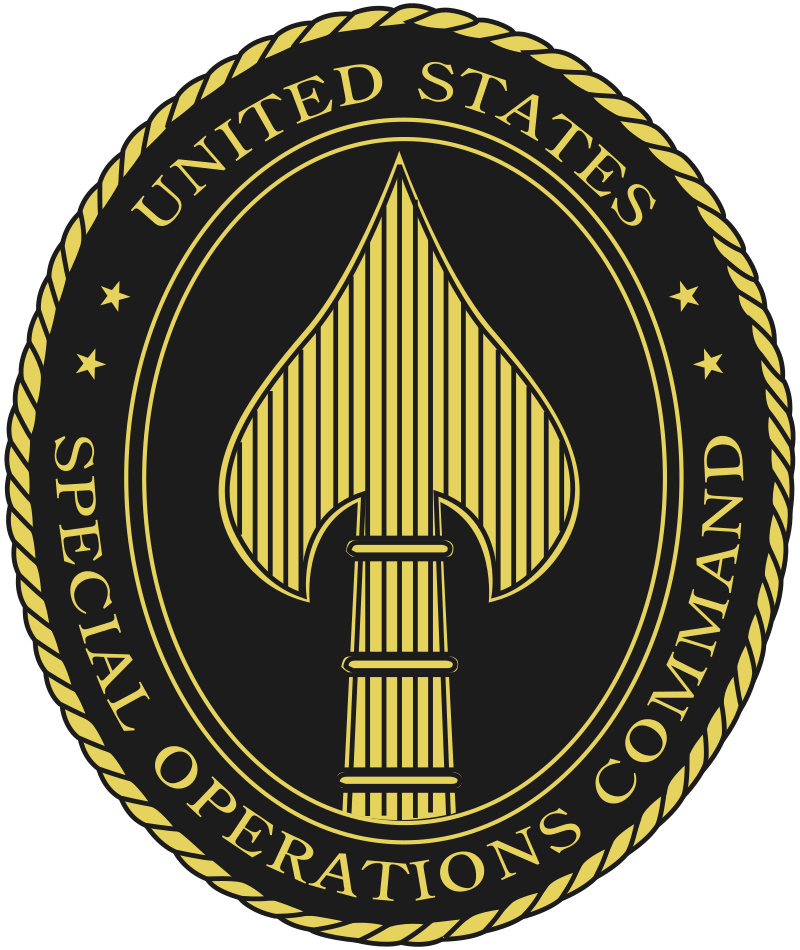
|
|
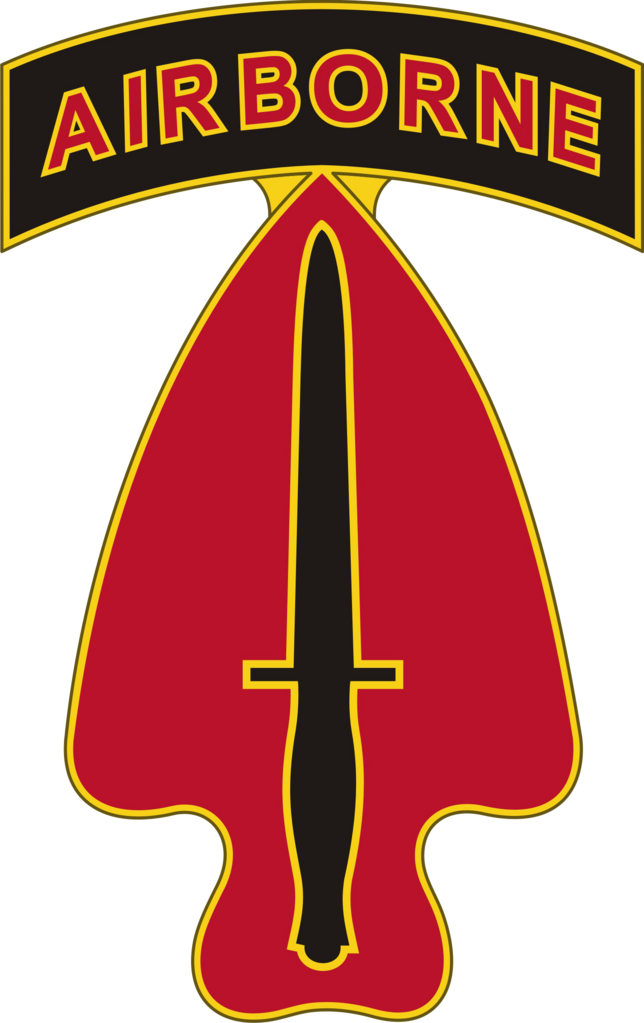
1ST SPECIAL FORCES
OPERATIONAL DETACHMENT-DELTA
Colonel Miles Kennedy
OPERATIONAL DETACHMENT-DELTA
Colonel Miles Kennedy
| SQUADRON | TROOP | PERSONNEL | GARRISON |
| Saber Squadron B | Echo Troop Troop | 16 Special Forces Operators | Fort Bragg, North Carolina |
| Saber Squadron B | Foxtrot Troop | 4/16 Special Forces Operators | Fort Bragg, North Carolina |
DETAILS
B Squadron - Operators in this squadron have the equipment and weapons listed below, per soldier, unless noted otherwise.
Apparel: x1 Enhanced Combat Helmet; x1 Army Combat Uniform (as well as boots and gloves) with American flag patch, x1 Jumpable Plate Carriers, x1 four-eyed special forces night vision/infrared goggles; x1 AN/PRC-148 Multiband Inter/Intra Team Radio; x1 The Individual First Aid Kit.
Weapons: x1 HK416 rifle +10 30-round magazines and bayonet, x1 M1911 +4 magazines; x1 Barrett M82 (per troop); x4 flashbangs; x2 white smoke grenade, x1 orange smoke grenade; x2 red flares; x6 M67 grenade.
|
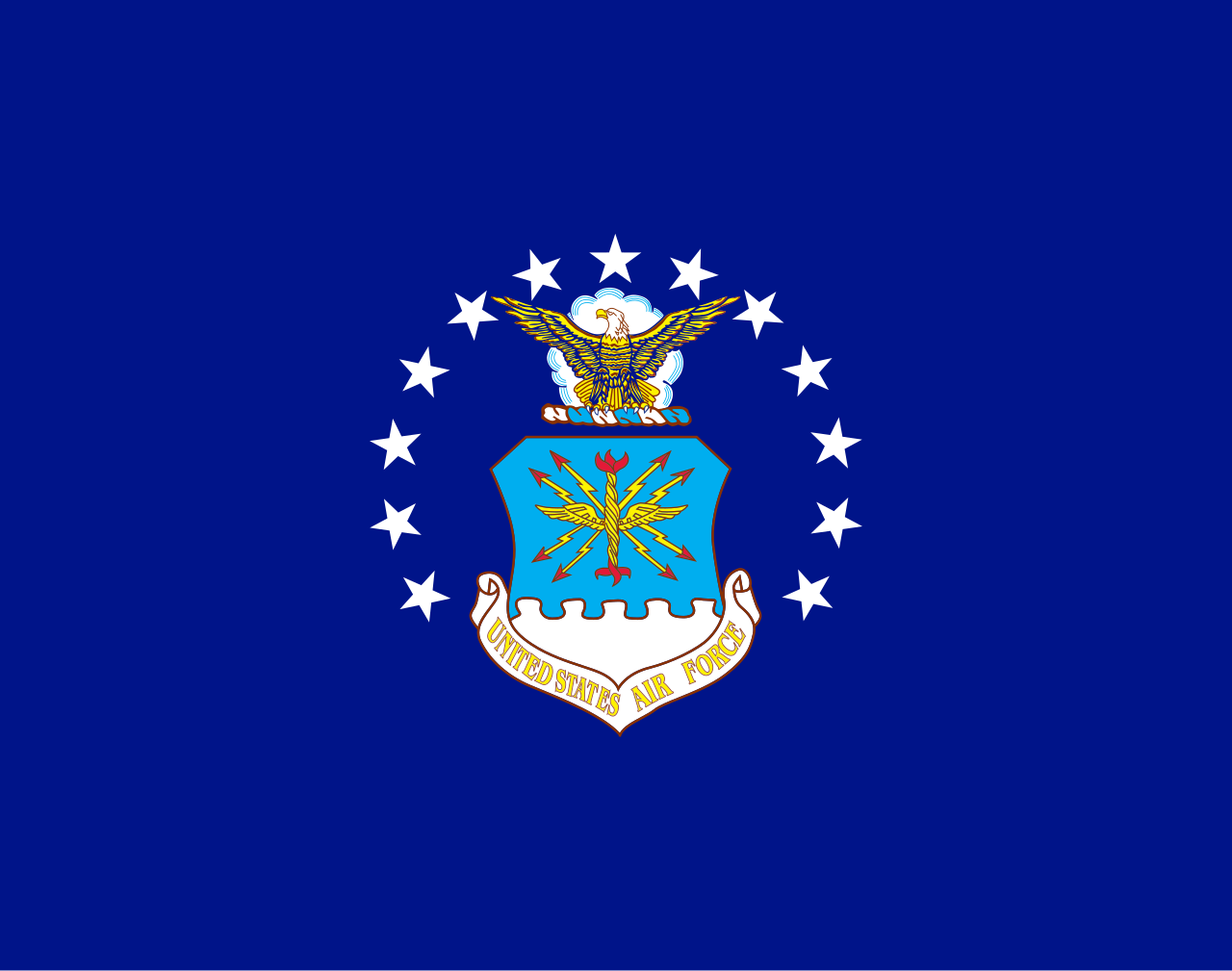
| 
DEPLOYMENT ORDERS | 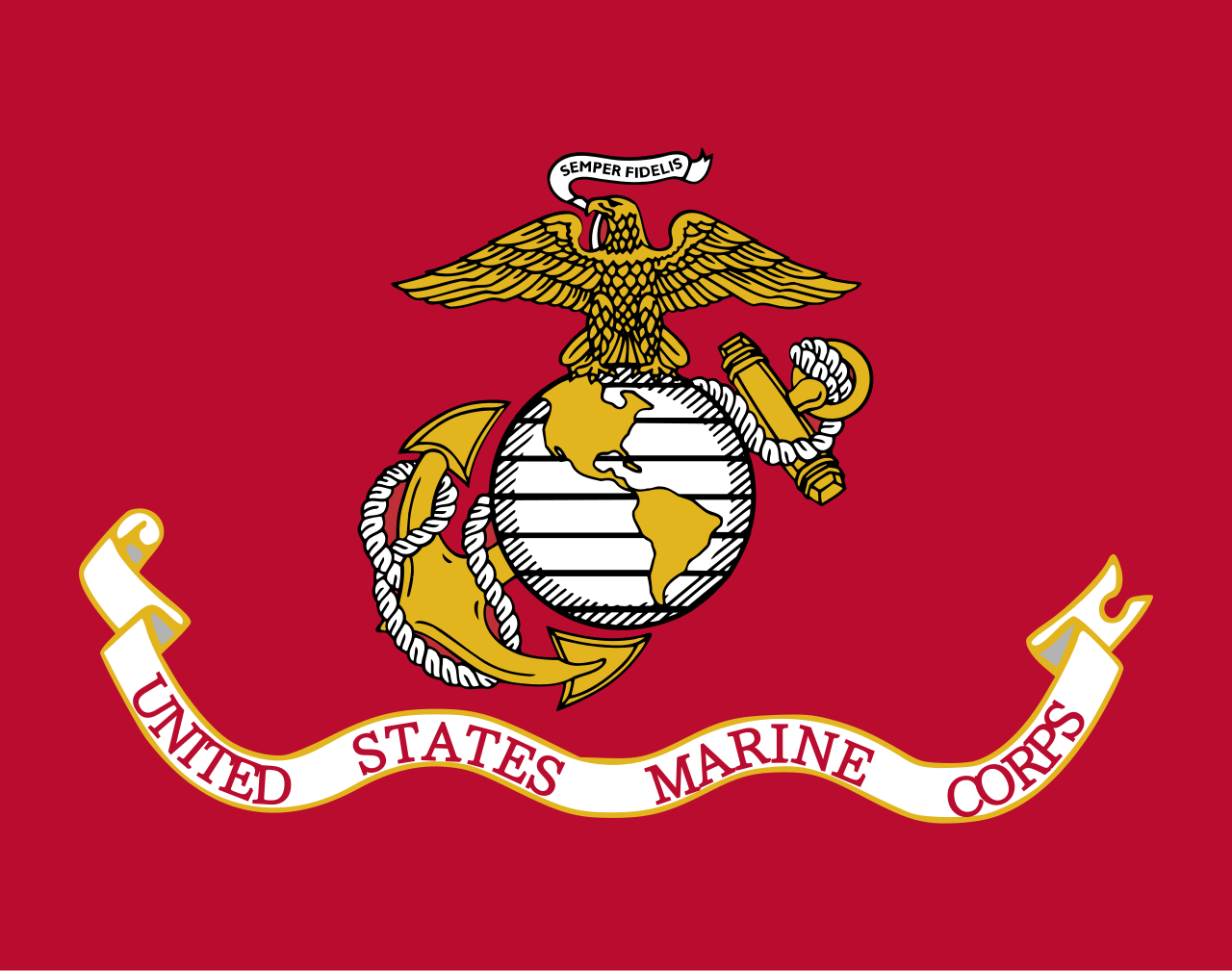
|
|
CONTEXT
France was one of, if not the most, unstable nations in Western Europe. Government, government, to government came and passed, many of which were not democratic, or were democratic in name only. The Clinton Administration, Gore Administration, and Sinclair Administration had all hoped (and supported) the idea of a strong, democratic French Republic. The Sixth French Republic presented the greatest opportunity for French-American relations since at least 1995. After an exchange of messages between President Sinclair and the French President, it was agreed that POTUS would travel to France for an official visit for D-Day Remembrance. In Washington, the President prepared to make the trip along with a number of veterans that he had invited to accompany him on Air Force One.
The United States Secret Service, the Air Force, and the Marine Corps have all coordinated together along with the Department of State and the French Government to ensure that the President, Senator Snowe, and other VIPs would have a safe and productive time in France.
The United States Secret Service, the Air Force, and the Marine Corps have all coordinated together along with the Department of State and the French Government to ensure that the President, Senator Snowe, and other VIPs would have a safe and productive time in France.
THE DEPLOYMENT
To prepare for President Sinclair's departure, the Air Force, Marine Corps, and Secret Service began organizing logistics so that everything would be ready once POTUS arrived. All associated aircraft, personnel, equipment, and weapons listed above were brought to Andrews Air Force Base in Maryland. All aircraft flights listed below would use the normal cruising speed and typical cruising altitude for a transatlantic flight throughout most of their journey. Also, the British Royal Air Force was informed that the Air Force intended to fly through British air space over southwest Cornwall as well as the Channel Islands, and formally requested that this be approved in advance. The Air Force provided the approximate times of when the aircraft would be flying through, as well as the types of aircraft that would be flying through. The French Air Force was also informed of approximately when all aircraft would be entering French air space, where, and where they would intend to land.
The day before the President would depart to the France, the following would take place. An E-4B, codename Nightwatch, and a C-40 Clipper were prepared for takeoff from Andrews Air Force Base in Maryland. Nightwatch was manned by its ominously-named "COG Crew," which stood for "Continuity of Government." The C-40 Clipper was manned with its crew as described in the ORBAT above, and also had the following passengers: 25 Air Force Security Forces (for on-the-ground protection of the E-4B), 10 Secret Service special officers (for on-board security in case the aircraft has to be used), and 20 Delta Force operators for additional protection. The aircraft were properly fueled and had their preflight checks performed. They were then loaded and the crews and passengers were brought aboard. The C-40 Clipper took off, followed an hour later by the E-4B, from Andrews. Both of the aircraft would take a mostly-direct path to Évreux-Fauville Air Base in France, while remaining outside of Canadian airspace and at normal cruising speeds and altitude for their aircraft types.
From Andrews, the aircraft flew to (43.3833841700651, -59.06942361234395) in the Atlantic Ocean and then took the most direct route to Évreux-Fauville Air Base in France. The British Royal Air Force was securely informed of the route and requested for the Air Force aircraft to be granted permission to briefly fly over British airspace (over Cornwall as well as the Channel Islands). The French Air Force was also securely informed of the route and the aircraft that would be heading to what place, and approximately when they would arrive. The aircraft would request permission to land at Évreux-Fauville Air Base (the C-40 first, followed by the E-4B around 30 minutes later).
The aircraft were parked in a secure section of Évreux-Fauville Air Base. The 25 Air Force Security Forces began shifts of eight hours where 8 men would be actively protecting (e.g. standing around in uniform with their loaded service weapons) the E-4B and the C-40 Clipper, while 8 other men were "on standby" (e.g. engaging in recreational activity but ready to respond if needed), and 8 more men were resting. The remaining one man was in operational control of the Air Force Security Forces. If the French Air Force was willing to accommodate, the Americans would utilize some of the facilities at the airbase for recreation, rest, and refreshment while they were there. The Airmen would not leave the confines of the base and would strictly adhere to French law while they were there.
That same day, the C-5B and another C-40 Clipper were adequately prepared and fueled at Andrews. The C-5B had Marine One, Two, and Three properly stored and secured inside of it (with the fuel removed from each helicopter) as well as the two limousines used for the President's motorcade (with the fuel removed from each vehicle). The C-40 Clipper had its flight crew on board as well as: 75 Air Force Security Forces (for on-the-ground protection of the American aircraft at Paris Charles de Gaulle Airport), 20 special officers of the Secret Service (for direct protection of the President), and the 12 Marines (the flight crews for Marine One, Two, and Three). After these aircraft were loaded, the aircraft were fueled, and all of the preflight checks were performed, the C-40 Clipper would take off, followed by the C-5B an hour later. The aircraft would take approximately the same route as Nightwatch, except they would be landing at Paris Charles de Gaulle Airport. The aircraft followed the same procedures when it came to contacting the French Air Force and French officials to make them aware of their presence and to allow them to land.
Once they were on the ground, the crews and passengers of the aircraft would deplane after the aircraft were stored in a secure place. Marine One, Two, and Three would be removed from the aircraft the morning of the day that the President would arrive to England. The 75 Air Force Security Forces began 8 hours shifts with 25 men on each shift to perform armed patrols around the aircraft currently on the ground there (which would later be expanded to Air Force One). 25 men were assigned to each patrol, with the next group of men on standby (e.g. allowed to engage in recreation, but able to respond on a moment's notice if they were needed), with the remaining 25 men resting.
The following day, Air Force One was prepared at Andrews Air Force Base for President Sinclair, his partner Senator Olympia Snowe, and several guests as well as members of senior staff and the National Security Council. The airplane also had vetted, American members of the press, ten special officers of the Secret Service, members of the President's National Security Council, and a couple of members of the President's Cabinet who needed to meet with him on the way to England (or on the way home). The aircraft was fueled and all preflight checks were performed by the aircrew and ground crews.
Air Force One took off without incident from Andrews and took an altered course from Nightwatch for security reasons. The waypoints for this trip would be, from Andrews Air Force Base to Paris Charles de Gaulle Airport, the following: (43.52738721785712, -37.77767022378781) to (47.635201462092176, -3.890191513304882) directly to its destination in France. Air Force One would follow all French rules and requirements regarding air travel and would maintain careful communication with the French Air Force before entering and upon entering French airspace.
Air Force One would request to enter French airspace in advance - the exact time of when the President's aircraft would arrive in France wasn't known, but they knew it would be within a 60-minute window. Air Force One would land at Paris Charles de Gaulle Airport shortly before 9:00 in the morning. Secret Service and military personnel prepared for the arrival of the President by preparing the Marine One, Two, and Three helicopters for transport as well as making security preparations in conjunction with British forces on the ground. Once Air Force One had landed and taxied to its designated spot, the only task of the French would be wheel up a mobile staircase for those onboard to deplane the aircraft.
The day before the President would depart to the France, the following would take place. An E-4B, codename Nightwatch, and a C-40 Clipper were prepared for takeoff from Andrews Air Force Base in Maryland. Nightwatch was manned by its ominously-named "COG Crew," which stood for "Continuity of Government." The C-40 Clipper was manned with its crew as described in the ORBAT above, and also had the following passengers: 25 Air Force Security Forces (for on-the-ground protection of the E-4B), 10 Secret Service special officers (for on-board security in case the aircraft has to be used), and 20 Delta Force operators for additional protection. The aircraft were properly fueled and had their preflight checks performed. They were then loaded and the crews and passengers were brought aboard. The C-40 Clipper took off, followed an hour later by the E-4B, from Andrews. Both of the aircraft would take a mostly-direct path to Évreux-Fauville Air Base in France, while remaining outside of Canadian airspace and at normal cruising speeds and altitude for their aircraft types.
From Andrews, the aircraft flew to (43.3833841700651, -59.06942361234395) in the Atlantic Ocean and then took the most direct route to Évreux-Fauville Air Base in France. The British Royal Air Force was securely informed of the route and requested for the Air Force aircraft to be granted permission to briefly fly over British airspace (over Cornwall as well as the Channel Islands). The French Air Force was also securely informed of the route and the aircraft that would be heading to what place, and approximately when they would arrive. The aircraft would request permission to land at Évreux-Fauville Air Base (the C-40 first, followed by the E-4B around 30 minutes later).
The aircraft were parked in a secure section of Évreux-Fauville Air Base. The 25 Air Force Security Forces began shifts of eight hours where 8 men would be actively protecting (e.g. standing around in uniform with their loaded service weapons) the E-4B and the C-40 Clipper, while 8 other men were "on standby" (e.g. engaging in recreational activity but ready to respond if needed), and 8 more men were resting. The remaining one man was in operational control of the Air Force Security Forces. If the French Air Force was willing to accommodate, the Americans would utilize some of the facilities at the airbase for recreation, rest, and refreshment while they were there. The Airmen would not leave the confines of the base and would strictly adhere to French law while they were there.
That same day, the C-5B and another C-40 Clipper were adequately prepared and fueled at Andrews. The C-5B had Marine One, Two, and Three properly stored and secured inside of it (with the fuel removed from each helicopter) as well as the two limousines used for the President's motorcade (with the fuel removed from each vehicle). The C-40 Clipper had its flight crew on board as well as: 75 Air Force Security Forces (for on-the-ground protection of the American aircraft at Paris Charles de Gaulle Airport), 20 special officers of the Secret Service (for direct protection of the President), and the 12 Marines (the flight crews for Marine One, Two, and Three). After these aircraft were loaded, the aircraft were fueled, and all of the preflight checks were performed, the C-40 Clipper would take off, followed by the C-5B an hour later. The aircraft would take approximately the same route as Nightwatch, except they would be landing at Paris Charles de Gaulle Airport. The aircraft followed the same procedures when it came to contacting the French Air Force and French officials to make them aware of their presence and to allow them to land.
Once they were on the ground, the crews and passengers of the aircraft would deplane after the aircraft were stored in a secure place. Marine One, Two, and Three would be removed from the aircraft the morning of the day that the President would arrive to England. The 75 Air Force Security Forces began 8 hours shifts with 25 men on each shift to perform armed patrols around the aircraft currently on the ground there (which would later be expanded to Air Force One). 25 men were assigned to each patrol, with the next group of men on standby (e.g. allowed to engage in recreation, but able to respond on a moment's notice if they were needed), with the remaining 25 men resting.
The following day, Air Force One was prepared at Andrews Air Force Base for President Sinclair, his partner Senator Olympia Snowe, and several guests as well as members of senior staff and the National Security Council. The airplane also had vetted, American members of the press, ten special officers of the Secret Service, members of the President's National Security Council, and a couple of members of the President's Cabinet who needed to meet with him on the way to England (or on the way home). The aircraft was fueled and all preflight checks were performed by the aircrew and ground crews.
Air Force One took off without incident from Andrews and took an altered course from Nightwatch for security reasons. The waypoints for this trip would be, from Andrews Air Force Base to Paris Charles de Gaulle Airport, the following: (43.52738721785712, -37.77767022378781) to (47.635201462092176, -3.890191513304882) directly to its destination in France. Air Force One would follow all French rules and requirements regarding air travel and would maintain careful communication with the French Air Force before entering and upon entering French airspace.
Air Force One would request to enter French airspace in advance - the exact time of when the President's aircraft would arrive in France wasn't known, but they knew it would be within a 60-minute window. Air Force One would land at Paris Charles de Gaulle Airport shortly before 9:00 in the morning. Secret Service and military personnel prepared for the arrival of the President by preparing the Marine One, Two, and Three helicopters for transport as well as making security preparations in conjunction with British forces on the ground. Once Air Force One had landed and taxied to its designated spot, the only task of the French would be wheel up a mobile staircase for those onboard to deplane the aircraft.
Dutchy Jamie
TRANSIT - Other Aircraft
FM>FN>GN>HN>HO>IO>IN>JN
TRANSIT - Air Force One
FM>FN>GN>HN>IN>JN
|


